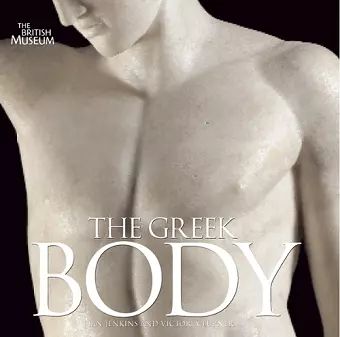The Greek Body
Ian Jenkins author Victoria Turner author
Format:Hardback
Publisher:British Museum Press
Published:2nd Nov '09
Currently unavailable, our supplier has not provided us a restock date

The ancient Greeks perceived the human body as an object of sensory delight and its depiction as the expression of an intelligent mind. This sumptuous photographic book explores ancient Greek sculptures of the body from every angle. With an introduction outlining the use of the body in Greek art from the prehistoric simplicity of Cycladic figurines to the realism of the Hellenistic age, seven thematic sections then feature stunning photographs of close ups taken from the British Museum’s outstanding collection of marble, bronze and terracotta sculpture. The gods and heroes of Greek religion and mythology are conceived in the image of mankind, as supermen and superwomen, while other supernatural beings such as centaurs and satyrs combine human with animal parts as symbols of their otherworldliness. Human shape is also given to the inanimate phenomena of nature, such as wind and moon, as well as intangible human experiences such as sleep and death. A salient feature of Greek art is human nudity, which was celebrated rather than considered shameful. The great majority of female nudes that have come down to us are representations of Aphrodite, goddess of erotic love. In the Hellenistic age, Alexander’s conquest and hellenisation of the peoples formerly included in the Persian empire created a new and cosmopolitan world. Greek artists were made more aware than ever before of the social and ethnic diversity of humanity. They delighted in classifying humankind in all its variety, representing a range of ages, beauty standards, physical capabilities, body sizes and social classes. The Hellenistic period, more than any previous, was also truly an age of portraiture, reflecting love in compelling and unusual images.
ISBN: 9780714122687
Dimensions: unknown
Weight: 1090g
144 pages